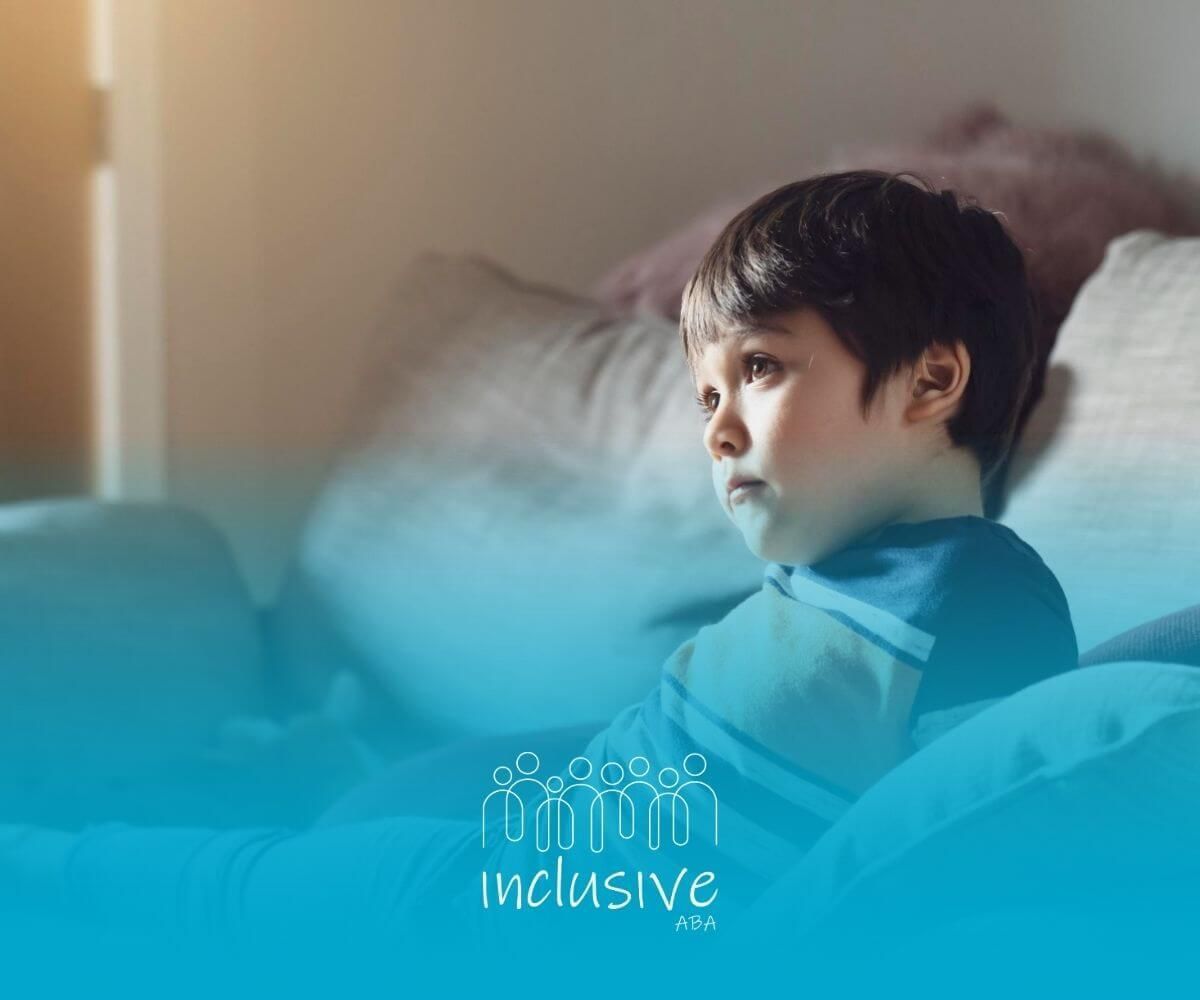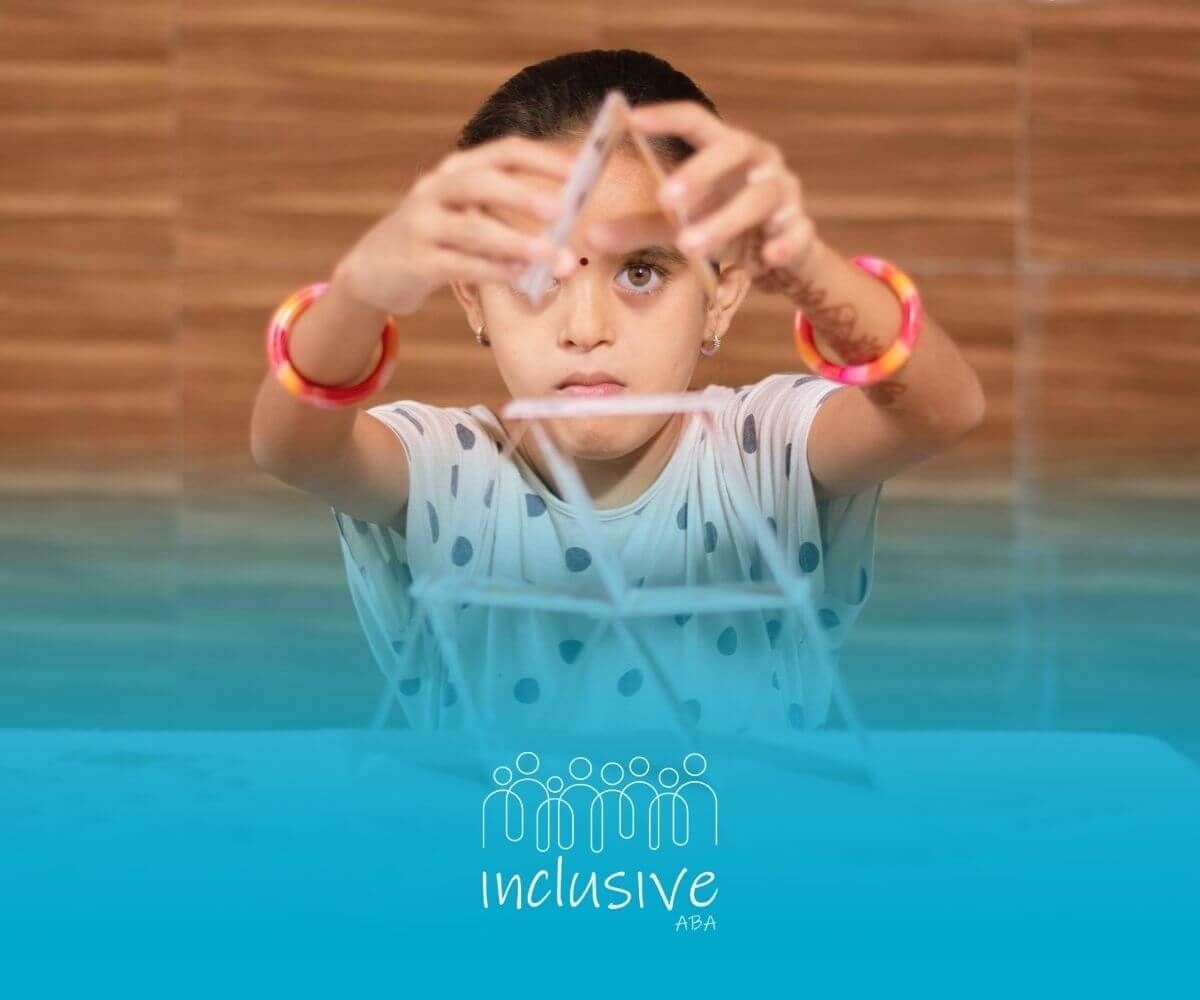The Truth About the Double Empathy Problem in Autism
The way autistic individuals communicate and connect with others is often misunderstood. Many people assume that autistic individuals struggle with empathy, but recent research challenges this idea. The double empathy problem suggests that the breakdown in communication between autistic and non-autistic people is not one-sided—it goes both ways. Understanding this concept can help bridge gaps in relationships and create a more inclusive society.
Jacob, an autistic teenager, had always been passionate about history. His enthusiasm for sharing facts sometimes overwhelmed his classmates, leading them to view him as uninterested in their conversations. Meanwhile, Jacob felt isolated because his peers never engaged with his interests.
When his parents worked with us at Inclusive ABA, we helped him develop reciprocal communication strategies while also educating his teachers on the double empathy problem. Over time, both Jacob and his classmates became more understanding of each other’s perspectives.
What is the Double Empathy Problem?
The double empathy problem, first introduced by researcher Dr. Damian Milton, challenges the outdated belief that autistic people lack social understanding. Instead, it highlights that communication difficulties arise from both autistic and non-autistic individuals misunderstanding each other.
Traditional views suggest that autistic people struggle to interpret neurotypical social cues, but the double empathy problem emphasizes that neurotypical individuals also struggle to understand autistic communication styles. This mutual misunderstanding can lead to frustration, social isolation, and misinterpretation on both sides.
Why Does the Double Empathy Problem Happen?
Different Communication Styles
Autistic individuals often have direct, literal communication styles, whereas neurotypical individuals tend to rely on social nuances, body language, and indirect speech. When these different communication styles clash, misunderstandings can occur.
For example, an autistic person may not pick up on sarcasm, while a neurotypical person may misinterpret an autistic individual’s bluntness as rudeness.
Differences in Emotional Expression
Autistic individuals may express emotions differently from their neurotypical peers. They might not show expected facial expressions or body language, which can lead to the false assumption that they lack empathy. In reality, autistic people can be deeply empathetic but may struggle with conventional emotional displays.
Challenges in Perspective-Taking
Perspective-taking involves understanding another person’s thoughts and feelings. While autistic individuals may experience difficulty in predicting neurotypical responses, neurotypical individuals often fail to grasp the autistic perspective. This mismatch contributes to the double empathy problem.
The Impact of the Double Empathy Problem
On Social Relationships
Because of communication differences, autistic individuals may experience friendship difficulties, social isolation, and misunderstandings in their daily interactions. Many autistic children and adults express frustration that their attempts to connect with others are misinterpreted.
In Educational Settings
The double empathy problem can make school life challenging for autistic students. Teachers who are unfamiliar with autism may misread behaviors as defiance, disinterest, or rudeness. In reality, an autistic child may be struggling with sensory overload, anxiety, or difficulty following non-explicit instructions.
In the Workplace
Autistic adults often face difficulties in the workplace due to communication barriers. They may struggle with unwritten social rules, leading to workplace misunderstandings. Employers and colleagues who understand the double empathy problem can create more inclusive and accommodating work environments.
How to Bridge the Gap
Promoting Autism Acceptance and Awareness
Education and awareness can help break down stereotypes and reduce stigma. Teaching neurotypical individuals about autistic communication styles fosters a more accepting society.
Encouraging Mutual Understanding
Rather than expecting autistic individuals to conform to neurotypical norms, both groups should work towards mutual understanding. This means neurotypical individuals should also adapt their communication styles to bridge the gap.
Implementing Inclusive Teaching and Workplace Policies
Educational institutions and workplaces can create autism-friendly environments by offering support, accommodations, and communication training for both autistic and neurotypical individuals.
ABA Therapy and Social Skills Training
ABA therapy helps autistic individuals develop communication and social skills while promoting self-advocacy. At Inclusive ABA, we emphasize strategies that not only support autistic individuals but also educate those around them to foster mutual respect and understanding.
Conclusion
The double empathy problem highlights a fundamental misunderstanding between autistic and non-autistic individuals. Rather than attributing communication challenges solely to autistic individuals, we must recognize that both sides play a role. By increasing awareness, promoting mutual understanding, and creating inclusive environments, we can foster stronger connections between autistic and neurotypical individuals.
At Inclusive ABA, we help autistic children and adults build confidence in their communication skills while educating parents, teachers, and peers about the double empathy problem. Our tailored ABA therapy programs empower individuals to navigate social interactions with greater ease.
Contact us today to learn how we can support your child’s unique communication needs!
FAQs
What is the double empathy problem in autism?
The double empathy problem suggests that communication breakdowns between autistic and non-autistic individuals happen both ways, rather than being solely an autistic person's difficulty. It highlights how misunderstandings occur due to differences in social norms, communication styles, and perspectives between the two groups.
How does the double empathy problem affect autistic individuals?
Autistic individuals often feel misunderstood or excluded in social situations because neurotypical people may not recognize or accommodate their communication styles. This can lead to isolation, frustration, and difficulty forming meaningful connections.
Can the double empathy problem be improved?
Yes! Mutual understanding, education, and open-mindedness can bridge the gap between autistic and neurotypical individuals. ABA therapy, social skills training, and efforts from both sides can improve communication and foster stronger relationships.
Sources:
- https://www.autism.org.uk/advice-and-guidance/professional-practice/double-empathy
- https://journals.sagepub.com/doi/10.1177/13623613221129123
- https://pubmed.ncbi.nlm.nih.gov/38149622/
- https://pubmed.ncbi.nlm.nih.gov/39139509/
- https://www.cambridge.org/core/journals/behavioral-and-brain-sciences/article/double-empathy-problem-camouflage-and-the-value-of-expertise-from-experience/6CDAB212B5E01F5B2E930C3B427C0000
Looking for Expert Help? We're Here for You!
Our compassionate and skilled team is devoted to enhancing your child's development through customized ABA therapy. Let us partner with you to create a supportive environment for your child's success.
Discover how we can help your family thrive with expert ABA therapy.
Related Posts







